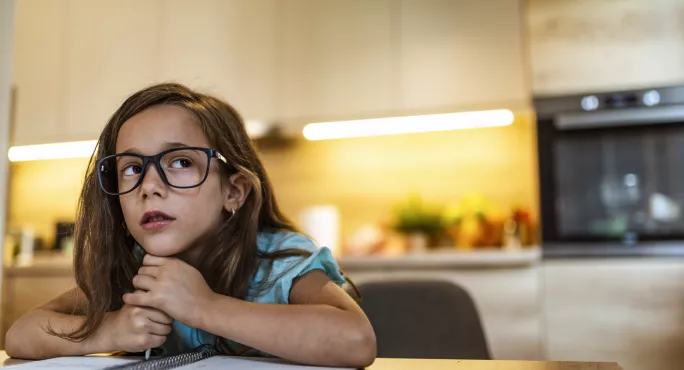The vital role that parents play in their child’s learning has been well documented. There is evidence that parental involvement in school and parental engagement in children’s learning improves attendance, homework completion, behaviour and academic achievement. However, these past few months have given parental engagement a whole new significance.
While home-learning arrangements during lockdown have presented challenges, they have also helped to highlight key lessons for how schools can work best with their parent community and create an effective transition to a more blended approach to learning across home and school.
Remote learning: 5 things I had to learn to be a better teacher
Secondary: How are schools planning for a Y10 return?
Reopening: 3 ways to help those who can’t return
How to work with parents
So, how can schools change the way they work with parents to ensure that children’s learning is supported by a meaningful partnership between home and school?
1. Build on the positive experiences of learning at home
There is a real opportunity now to celebrate the range of learning experiences at home. This can encompass anything from finding pairs of socks in the washing, to weighing out ingredients when cooking. As children return to class, allowing them the time to reflect on what they learned and tell stories about their learning at home will help them to build up a set of experiences, skills and knowledge to support them in life beyond the school gates.
Highlighting the learning in everyday tasks also helps children to build connections in their understanding and encourages parents to see how they can further support. Although activities will differ hugely depending on parents’ capacity to support at home, schools can build on this to explore how else they can support parents and ensure a child’s learning journey is linked through school and home environments.
2. Develop effective communication between learning environments
While children return to school, many of the same barriers for parents coming into the classroom will remain. Over the past term, lots of schools have been exploring new ways to communicate with parents, from videos to weekly newsletters, Twitter accounts and blogs.
Having experimented with new means of communication, schools are now more easily able to identify the most effective ways for them to foster communication between teachers and parents in their community. These can then be used to ensure that parents are kept informed about their child, to share activity ideas, and for parents to share learning taking place at home.
3. Redefine the dynamic between parents and teachers
When parents and teachers collaborate most effectively as true partners in learning, children receive coherent messages around their education, and both parents and teachers develop a more complete picture of the child’s learning and development.
While teachers are experts in education, parents are experts in their child and may have a different experience of how the child learns in a home environment. Teachers can now explore parents’ experience of supporting learning to piece together a fuller picture of the child’s progress and development, find out how parents could continue to support and where parents feel they need greater guidance from teaching professionals.
By exploring some of the following questions, parents and teachers can better understand the child’s learning needs.
- Where did parents feel they needed additional support when working with their child?
- What subjects or types of activities did their child really engage in and enjoy the most? Why?
- What did their child find particularly challenging or not enjoy as much?
- Was there anything that surprised them about their child’s progress or learning so far?
It is hard to know what the next few terms will bring, but there is a real opportunity to build on the experiences of the past couple of months to foster meaningful and productive parental engagement in children’s learning.
Lucy Preston is programme director at Maths with Parents
